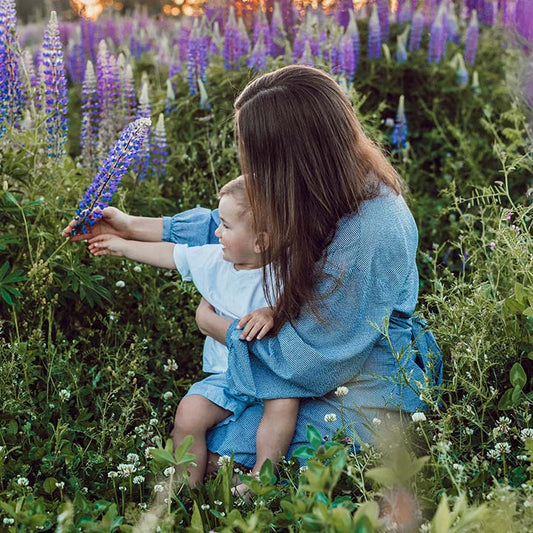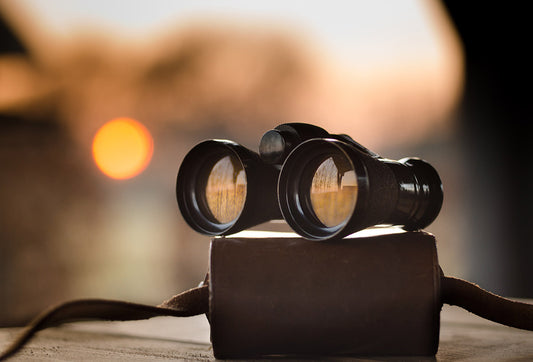All of your senses are engaged by the story before you as you imagine the feeling of the fresh outdoor breeze, the sounds of the wild animals and birds, and the smells of the wilderness in all of its glory.
But now that you have found the perfect piece, here are 5 of the best ways to display your wildlife art!
Haven’t found that perfect painting for your space yet? Check out our very own Wildlife Art.
1. Size and Space

“Simplicity is the keynote to all true elegance.”
~ Coco Chanel (fashion designer)
White-space, white-space, white-space. Seriously! Creative distribution of space or clustering on and around your walls can create ultimate Elegance! And, we all desire elegance, don’t we?
But how do we make it happen?
The most important thing here is to use white space reduce visual noise. Natural breaks between arrangements are pleasing to the eyes.
The general rule is to only cover 2/3 to 3/4 of the available wall space with your art.
The ideal size for a piece of art depends on what is around it. One over-sized painting is typically the focal point of a room which anchors lighter, simpler, more neutral décor around it.
Smaller paintings can be set out in odd number sets (3’s or 5’s). Use these to add sparks of color that accent the overall design.
2. Repeated themes

“The details are not the details, they make the design.”
~ Charles Eames
Use repeated details to complement the most meaningful themes in your art.
Look for lines, curves, simple colors, patterns, and themes that can repeat in the design of the room. Repetition brings balance, symmetry, and a sense of belonging to the wildlife art that you want to highlight.
For example, if you’re displaying an ocean scene, experiment with colored glass bottles or floats, stage different sizes of beach grasses in a vase, or even change the color of your wall to a blue or tan that may compliment hues in the painting!
Nature is rich with harmonious patterns and pleasing elements! Recognizing these, pulling them out of your wildlife art, and repeating them in the décor, can greatly enhance the mood of your room.
3. Contrast

“To be successful, a room must contain the element of contrast – in forms as well as in colors and textures.”
~ Michael Taylor
Find elements in your wildlife art that can contrast other design elements in your room.
Dark, Light. Metal, Wood. Soft, Rough. Old, New. Sharp, Round. There are many natural opposites.
Like the yin and yang, opposites contrast each other and create a more beautiful whole. Which ones to use, and in what quantities depends on your art, and taste. But one rule you can follow is counting in Fibonacci. For example, 1 painting, 2 windows, 3 vases, 5 overhead lights, etc. Ratios like these can help simplify decision making.
Mixing materials can also create contrast. Look for opposites in color and texture. Pay attention to the feeling created by each material. Then creatively mix them to make a balanced whole.
4. Color matters

The general rule is to choose a color palette with one base color (around 60%), a secondary color (30%), and an accent color (10%).
Like an artist choosing colors for a masterpiece, be intentional with the colors that you choose. The wrong colors may sing you the blues, but the right ones may stir the winds that sail your ship into Bora Bora!
“Remember, color is not just color, but mood, temperature and structure.”
~Van Day Truex
As a matter of fact, dream up a theme for your space before choosing color! That could be “The Beach”, “Winter Forests”, “Rolling Farmland”, OR… well, you get the idea.
When working with color, pay attention to the ‘exact’ shade. Make each repetition match throughout the room by bringing along color samples as you pick out accessories to complement your Wildlife Art.
5. Ambiance hacks

To draw out your paintings color palette, texture, and details, always light your art.
“Light creates ambiance and feel of a place, as well as the expression of a structure.”
~Le Corbusier
Ever played with the affects of light in a room? Dimmed the lights for a candlelight romance? Bumped up the natural light for a bigger more airy feeling?
Light has the same BIG impacts on the look of a painting. Variations in light color(often measured in Kelvins), brightness, size or direction can create a unique mood. If you want to keep it simple, try directing a single light from above or below your painting.
Pro Tip: Mirrors can be strategically placed to both reflect your Wildlife Art and make the room feel bigger. Double the impact!

Frame vs. canvas wrap? Speaking of ambiance, you may consider this debate.
Frames add organic warmth and beauty, and can serve as a vital piece of protection. Depending on the art, this may be your only option.
Canvas wraps have also become very popular. If you’re the lucky owner of an original, or interested in a more contemporary feel, consider art without borders! Canvas wraps can blend in seamlessly with your décor.
By the way, we’ve got some of our very own Canvas prints here at Jeanne Warren Art. Check them out! Window shopping is always free!
Just like the painting you chose, the details of these decisions are objective and personal. These five tips form a fail-proof framework for incorporating your taste in art with your décor. And the story that spoke to your heart when you first saw that painting will light up your living space!



